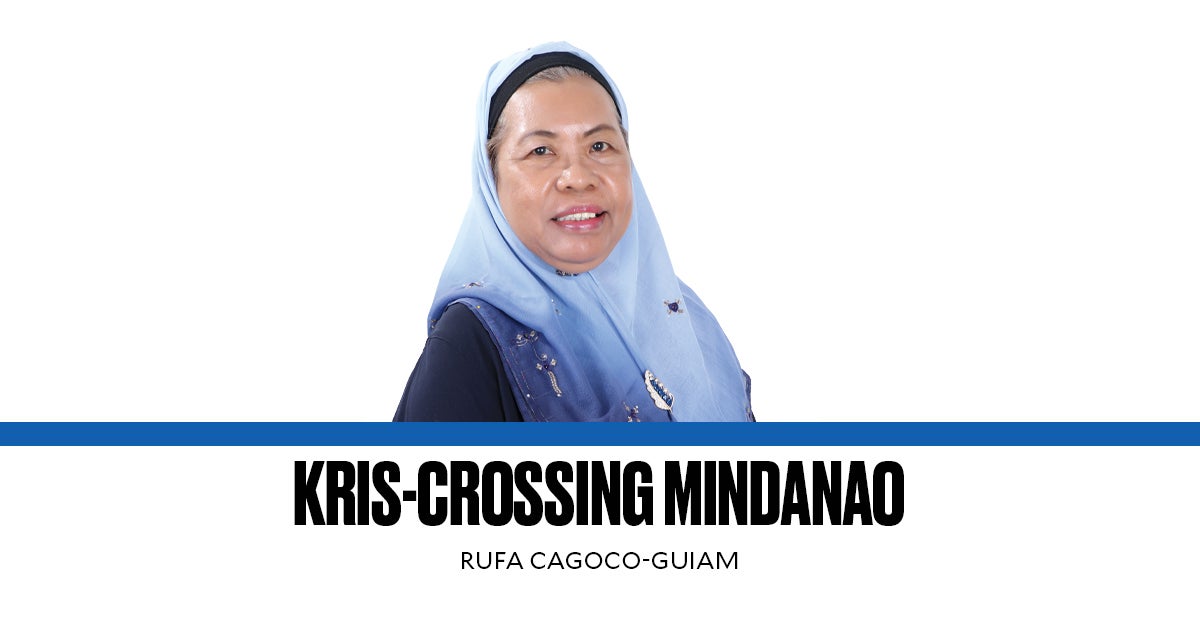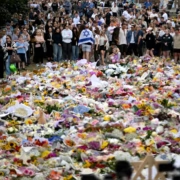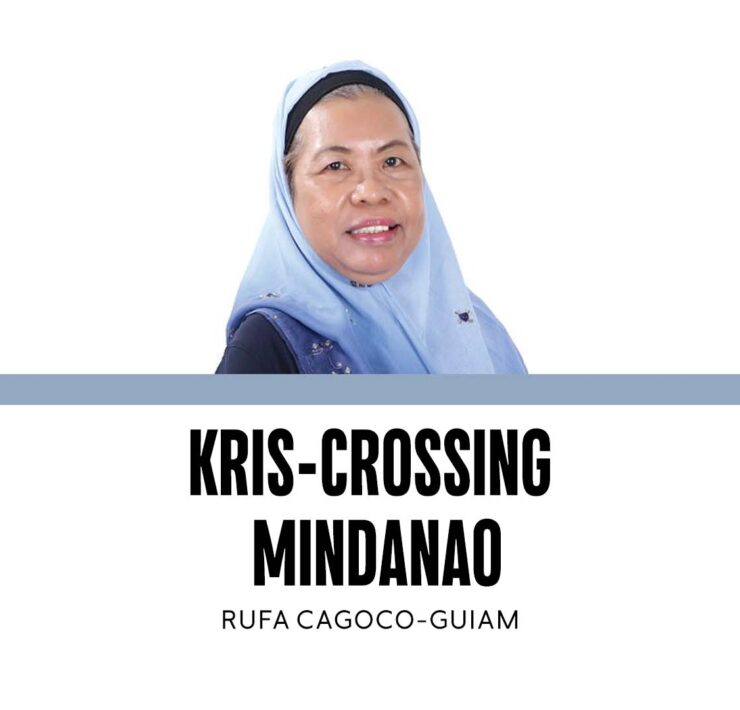Dealing with VAWC in the BARMM (1)

Bongao, Tawi-Tawi—Here in one of the more than 100 islands and islets of Tawi-Tawi for a brief visit. I am awed by the recent additional features of this small, rustic, and enchanting part of the provincial capital town of Bongao. The last time I was here was in 2018, two years before the new regional autonomous government was established on the mainland, in Cotabato City, in particular.
I am here to help facilitate a huge gathering of Bangsamoro/Tausug women (we expect almost 100 participants) to discuss mainly how to update and contextualize the existing handbook being used in many localities to guide police officers and other barangay officials tasked to handle cases of violence against women and children (VAWC).
The Bangsamoro Women Commission, with assistance from the Support to Bangsamoro Transition‘s (Subatra) Society and Justice Programme (SJSP), is conducting this activity. The activity is also supported through technical inputs from the Subatra governance program, through the two components implemented by Particip—Germany, with funding from the European Union and the Spanish Agency for International Development Cooperation or AECID.
Issues affecting women and children, especially girl children, are front and center of international programs funded through the EU and AECID. Both donor agencies have been providing material and technical support to mainstream gender and development activities of selected agencies in the Bangsamoro Autonomous Region in Muslim Mindanao (BARMM).
This is the second leg of the series that started in Cotabato City two weeks ago.
In the Cotabato workshop, participants noted several eye-openers reported by VAWC desk officers at the barangay level. Participants included VAWC desk officers, including two members of the Women and Children Protection Desk (WCPD) in Cotabato City.
Among the issues that took many of the participants, including our small team from Subatra SJSP and governance programs, by surprise is that barangay VAWC desk officers are considered “volunteer” personnel. They do not receive regular remuneration, except when the local government unit’s chief executive is quite “generous” to give them at least P2,000 as monthly honorarium. Usually, the one assigned to handle the VAWC desk is a member of the barangay council, and as such, she receives as regular monthly pay. But those who are not members of the barangay council only get a paltry sum, with some receiving P500. For barangay councilors, the VAWC desk function is an add-on responsibility.
Given the measly pay for the wide range of services given to VAWC desk officers in the barangay, it was a surprise to know a few of these dedicated women who go the extra mile to become effective in their assigned tasks. One woman from a small mountainous barangay in South Upi municipality in the province of Maguindanao del Sur narrated how she works 24/7, catering to every call she receives. The calls for help from relatives of victims of various forms of VAWC range from physical to psychological abuse that husbands inflict on their wives to couples who just had an intense exchange of harsh words against each other.
A huge part of the workshop discussions was on the need to update the VAWC handbook. The handbook was produced through the efforts of the Department of the Interior and Local Government in cooperation with the Philippine Commission on Women in 2012. As such, it is outdated; several laws and policies have superseded those formulated more than one decade ago. Then, the national law was mainly to protect women from violence inflicted on them by their spouses or other male relatives. More recent legislation has already incorporated the prohibition of child abuse; thus we now have VAWC or violence against women and children.
But the sharing by WCPD police officers from Cotabato City on the incidence of VAWC, especially rape among children and women in the region, was the most alarming of all. From less than 200 rape cases in 2024, reported cases rose to 325 as of February 2025. The report also noted that the youngest victim was a 3-year-old girl and the youngest perpetrator was a 10-year-old boy, the victim’s brother. It was an incestuous rape.
The WCPD police officers who reported on these cases noted that rapes of young girls happen in households where the mothers are absent since they are working abroad to help support their families. Many impoverished families in the region send their women abroad to work as domestic helpers, caring for children other than their own. This leaves their children vulnerable to physical abuse, even to rape, by either their fathers or male siblings, as what happened to the case of the 3-year-old victim.
(To be concluded next week)


















